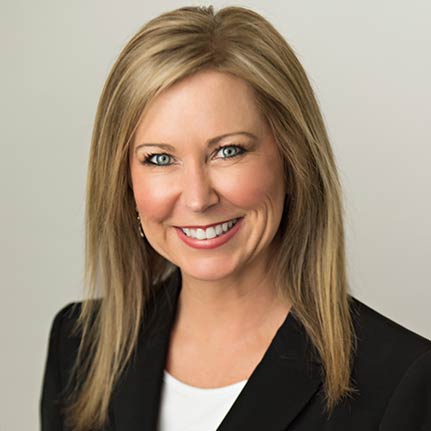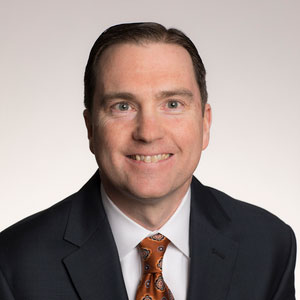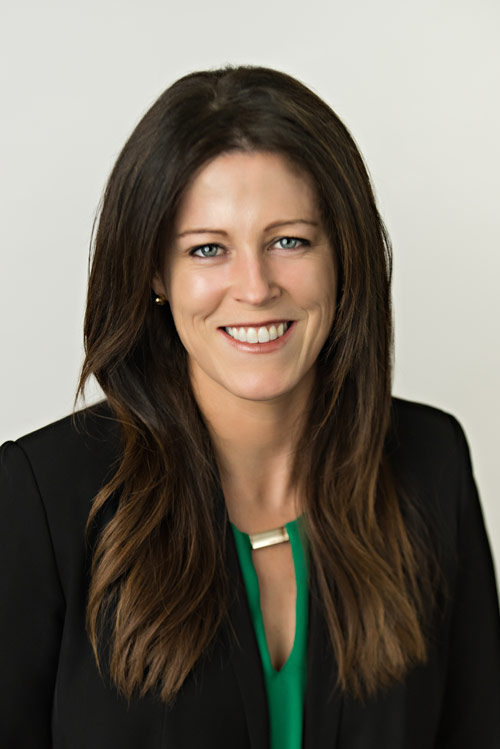By Kimberly J Shanahan
Gary Snyder goes to sleep every night feeling the pressure of running four different businesses that collectively employ roughly 60,000 people.
Snyder is the chief executive officer of Compass Education, which includes Chartwells Higher Education, Chartwells K12, Gourmet Dining, and SSC Services for education. With more than $3 billion in revenues, they represent the education portfolio of their parent company, the Compass Group, and provide dining and facilities management services for public, private, and independent K12 schools, colleges, and universities throughout the US and Canada.
This is Snyder’s first CEO job. His climb to the top took a different path than that of many top execs. For 24 years, he held a wide variety of human resources positions, everything from HR generalist at Bank of America to chief people officer of North America at the Compass Group, which employs roughly 270,000 employees. Then three years ago, he decided to take the leap and never looked back.
“Going from CHRO to CEO is an accountability transition,” Snyder explains. “You go from being a businessperson or subject matter expert with a skillset in HR to now having accountability across the board for all functions. There’s a different level of pressure when you’re responsible for the lifeblood of the business.”
Bridging the gaps
For any new CEO, learning to leverage a business’ true revenue and profit levers, balanced with the right risk tolerance, can be the most intimidating part of the job. While a finance or business degree isn’t always required, developing a learning routine is, Snyder says, explaining that you must bulk up on the financial drivers of the business.
In this area, Snyder had a head start. While serving in numerous HR positions at Bank of America, he says his accountability level involving financials was very different when compared to CHROs in other industries.
“I understood what the business drivers were,” he says, adding that some CHROs can’t list the top four or five levers in their business, how they correlate with each other, and how they help drive the business forward. “I also held leadership roles involving several acquisitions at the bank and was accountable for managing billions of dollars for employee salaries, training expenses, and organizational transitions like when the bank bought Countrywide.”
After coming onboard in 2011 as Compass’s chief people officer, a large part of the role was working closely with the CEO and CFO in driving strategic decisions across the company. However, he was never isolated in an HR silo. He got involved in many different areas, such as client presentations and bids, retention efforts, and strategic projects, which has since proven useful when overseeing sales and finance in his current role.
“I’ve am fortunate to have always been in that small strategic decisioning making group,” says Snyder. “If you haven’t been out with clients, don’t understand the sales funnel process or where revenues are driven from, or have not participated regularly in business reviews, you can’t come into the CEO world just being the people expert. It’s too big of a learning curve if you haven’t had exposure to all of the other pieces.”
Are you driven?
Among the most difficult tasks Snyder has experienced in this new role is letting go of a profession he has practiced for so many years. Instead of recruiting 100,000 people a year, he delivered a three year business growth plan within his first three months as CEO. Instead of exploring and learning about new HR technology, he’s now learning and inspecting operational processes across the four different companies. Instead of resolving systemic HR issues, he now focuses on sales leads and pitches, revenue, purchasing, labor, and weekly financials.
So far, his only regret was not more proactively beefing up his knowledge and experience in three key areas before stepping into the job. He points to customer-facing technology, such as mobile ordering or robotics; the sales and customer retention process, and specific financial categories, which includes addressing capital allocation, purchasing, accounting, and new sales proformas.
“I spend a lot of time in these three areas,” he says, adding that his learning curve has been more intense than he originally anticipated.
However, there is one personality trait that helped make his transition successful.
He’s driven. Plain and simple.
“You have to be motivated to go into the business and have a different risk tolerance,” says Snyder, adding that even as a CHRO, he influenced the business in unusual ways and asserted himself differently than other HR professionals. “It’s truly the difference between coming in to work each day with a stable set of HR things to drive versus coming into work with the mindset of, ‘You’re delivering the company’s capability and growth, keeping people on the payroll, and satisfying customers and shareholders.’”
Perspective and Resiliency
If Snyder could return to his former CHRO days, he says about 40 percent of the consulting advice he offered his CEOs and other senior leaders would be different. Being a CEO has taught him that the job is all about managing perspectives. When in HR, you’re advising senior leaders about the company’s human capital. But CEOs must balance that viewpoint against 10 others that may involve risk and reward, liability, or the opinions of shareholders and the board of directors.
“I find myself making different decisions or viewing decisions having multiple right answers versus a single best outcome as I did in my previous HR jobs,” says Snyder. You also have to choose, empower and trust your leadership team. “I specifically look for people who think differently and have different experiences than I have, in order to try to leverage multiple perspectives to get to the best decision.”
That may help explain why great CEOs are “a bit crazy”, he says. Leaders base key decisions that can move their company forward on large amounts of data and information that’s distilled, analyzed, and envisioned before being applied. Not surprisingly, he says the perception of HR executives can be myopic if they’re not exposed to other department challenges that CEOs constantly face.
Snyder suspects his own CHRO believes he is demanding, maybe even difficult at times. Since Snyder knows what a CHRO is capable of delivering and now has a clear understanding of what a CEO wants and needs, his expectations of HR has climbed.
But whether you are a CHRO tasked with downsizing or a CEO trying to win new business, another trait they must each share to perform their job well is resiliency.
“I actually measure folks who work for me on whether they can positively pick themselves back up after a setback and then run at it again,” Snyder says. “I had to do this during the financial crisis in 2007 and 2008. That gave me a background and benchmark of what things can be like and how to claw your way out of them.”
- Rely on data and analyze everything, especially your company’s core business drivers
- Request unique leadership roles, such as those involving restructuring or acquisitions.
- Develop and launch projects that help fuel your company’s future growth and profits.
- Create a consistent and inclusive approach for solving problems, fostering debate and making decisions.
- Rely on trust, respect, and authenticity to help shape culture.
- Surround yourself with a diverse team of leaders who you can trust and who have deep expertise in their respective area.

Kim Shanahan
Chief Executive Officer & Founder
Executive search experience to accelHRate. She Co-Leads accelHRate’s Board of Directors Practice and leads our CHRO Practice. She has partnered with hundreds of clients across multiple industries and geographies to place Board of Directors and CHRO talent.

Gary Snyder
Chief Executive Officer Compass Education
Gary joined Compass Group in 2011 as Executive Vice President, Human Resources and was appointed Chief People Officer in 2014. Responsible for human resources, communications, and labor relations for over 250,000 associates in the United States and Canada, he successfully reengineered and led the human resources function to meet the needs of one of America’s largest employers. He was appointed CEO of Compass Education in 2017.







